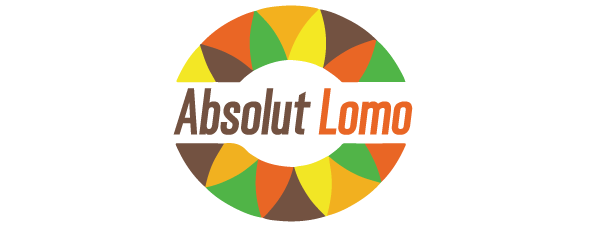In the realm of occupational health and safety, businesses are increasingly recognizing the importance of maintaining a healthy workplace environment. While efforts to ensure clean air and water are commonplace, there is a silent threat that often goes unnoticed – radon gas. Commercial radon mitigation services have emerged as a crucial pathway to creating a healthier workspace and mitigating the potential risks associated with this invisible, odorless, and radioactive gas. Radon is a naturally occurring radioactive gas that results from the breakdown of uranium in soil, rock, and water. It is colorless, odorless, and tasteless, making it imperceptible to human senses. Radon can enter buildings through the ground, accumulating in enclosed spaces and posing a serious health risk when inhaled over extended periods. The primary concern lies in its radioactive decay products, which can attach to dust and other particles in the air and be inhaled into the lungs, where they can damage lung tissue and potentially lead to lung cancer.
Commercial spaces, including offices, factories, and warehouses, are not immune to radon infiltration. In fact, workplaces can be particularly vulnerable due to prolonged occupancy and often inadequate ventilation. The U.S. Environmental Protection Agency EPA identifies radon as the second leading cause of lung cancer after smoking, emphasizing the urgency of addressing this invisible threat in commercial settings. Implementing radon mitigation services in the workplace is a proactive step toward ensuring the well-being of employees and visitors. These services typically involve a comprehensive assessment of the building’s radon levels through testing. If elevated levels are detected, mitigation strategies are employed to reduce radon concentrations to acceptable levels, in accordance with established safety guidelines and look here now https://www.cleanvapor.com/charlotte/commercialradon/. One common method of radon mitigation is the installation of sub-slab depressurization systems. This involves creating a vacuum beneath the building’s foundation, preventing radon from entering the structure. Additionally, ventilation systems may be enhanced to increase air exchange rates and reduce radon buildup. Radon mitigation professionals, trained in the intricacies of these systems, play a crucial role in the successful implementation of these strategies.
Beyond the obvious health benefits, investing in commercial radon mitigation services also aligns with corporate social responsibility. Employers have a moral and legal obligation to provide a safe working environment for their staff. By addressing radon exposure, businesses not only protect the health of their workforce but also demonstrate a commitment to ethical business practices and sustainability. Moreover, a radon-free workplace can positively impact employee morale and productivity. Knowing that their health is a priority fosters a sense of security and loyalty among employees, contributing to a more positive work culture. In an era where employee well-being is a key focus for many organizations, incorporating radon mitigation services into workplace health and safety initiatives is a strategic move. Commercial radon mitigation services are an indispensable component of creating a healthy and safe workplace environment. By addressing the threat of radon gas, businesses not only safeguard the well-being of their employees but also demonstrate a commitment to ethical practices and corporate responsibility. Investing in radon mitigation is an investment in the long-term health and productivity of the workforce, ultimately contributing to a thriving and sustainable business ecosystem.
